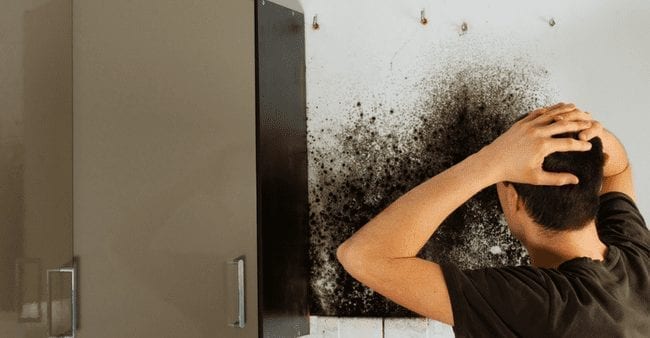Just how to Discover and Repair Water Leaks-- A Comprehensive Overview
Try HereHow do you really feel when it comes to Locating water leaks?

Early discovery of dripping water lines can mitigate a possible calamity. Some tiny water leakages may not be noticeable.
1. Check Out the Water Meter
Every residence has a water meter. Inspecting it is a proven manner in which assists you find leaks. For starters, turn off all the water sources. Ensure nobody will certainly purge, utilize the tap, shower, run the cleaning equipment or dishwashing machine. From there, go to the meter and also watch if it will certainly change. Since nobody is utilizing it, there must be no motions. That shows a fast-moving leakage if it relocates. Likewise, if you identify no changes, wait an hour or 2 and also examine back once more. This suggests you may have a slow-moving leak that might also be underground.
2. Examine Water Intake
If you spot sudden changes, in spite of your usage being the very same, it indicates that you have leakages in your plumbing system. A sudden spike in your expense shows a fast-moving leak.
At the same time, a stable increase on a monthly basis, despite the same practices, shows you have a slow-moving leak that's likewise slowly intensifying. Call a plumber to extensively examine your property, especially if you feel a warm area on your flooring with piping underneath.
3. Do a Food Coloring Test
When it concerns water consumption, 30% originates from bathrooms. Test to see if they are running properly. Decline flecks of food color in the tank and wait 10 mins. If the color in some way infiltrates your dish during that time without flushing, there's a leakage between the tank and also bowl.
4. Asses Exterior Lines
Don't neglect to examine your exterior water lines also. Should water seep out of the link, you have a loosened rubber gasket. One little leak can squander loads of water and also surge your water expense.
5. Evaluate and Examine the Situation
House owners must make it a habit to check under the sink counters and also also inside cabinets for any bad odor or mold and mildew growth. These two warnings show a leak so timely focus is required. Doing regular inspections, even bi-annually, can conserve you from a significant trouble.
If you know your residence is currently old, keep a careful eye on your heating units, tubes, pipes etc. Look for stainings and also deteriorating as the majority of devices and also pipes have a life expectancy. They will likewise normally wear away as a result of tear and use. Don't wait for it to intensify if you believe dripping water lines in your plumbing system. Call a professional plumber right now so you don't end up with an awful mess in your home.
Early detection of leaking water lines can minimize a possible catastrophe. Some tiny water leakages might not be visible. Checking it is a guaranteed way that aids you uncover leaks. One tiny leakage can throw away bunches of water as well as spike your water expense.
If you presume leaking water lines in your plumbing system, do not wait for it to escalate.
WARNING SIGNS OF WATER LEAKAGE BEHIND THE WALL
PERSISTENT MUSTY ODORS
As water slowly drips from a leaky pipe inside the wall, flooring and sheetrock stay damp and develop an odor similar to wet cardboard. It generates a musty smell that can help you find hidden leaks.
MOLD IN UNUSUAL AREAS
Mold usually grows in wet areas like kitchens, baths and laundry rooms. If you spot the stuff on walls or baseboards in other rooms of the house, it’s a good indicator of undetected water leaks.
STAINS THAT GROW
When mold thrives around a leaky pipe, it sometimes takes hold on the inside surface of the affected wall. A growing stain on otherwise clean sheetrock is often your sign of a hidden plumbing problem.
PEELING OR BUBBLING WALLPAPER / PAINT
This clue is easy to miss in rooms that don’t get much use. When you see wallpaper separating along seams or paint bubbling or flaking off the wall, blame sheetrock that stays wet because of an undetected leak.
BUCKLED CEILINGS AND STAINED FLOORS
If ceilings or floors in bathrooms, kitchens or laundry areas develop structural problems, don’t rule out constant damp inside the walls. Wet sheetrock can affect adjacent framing, flooring and ceilings.
https://www.servicemasterbyzaba.com/blog/how-to-detect-water-leakage-in-walls/

I was shown that write-up about Leaking water lines through an acquaintance on a different web address. Liked our post? Please share it. Let others find it. Thanks so much for going through it.